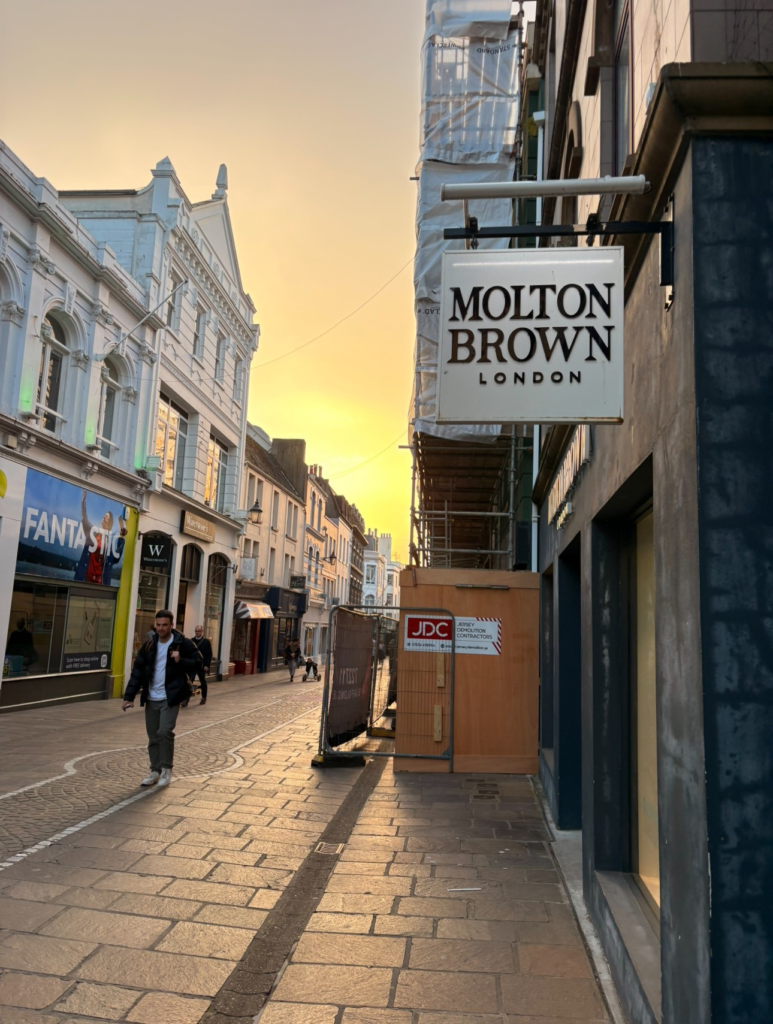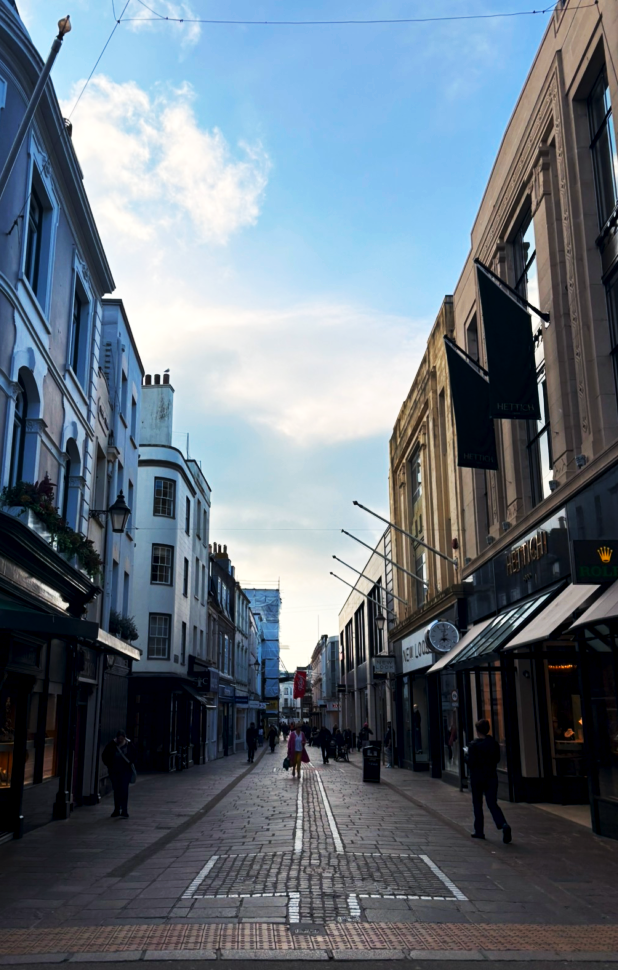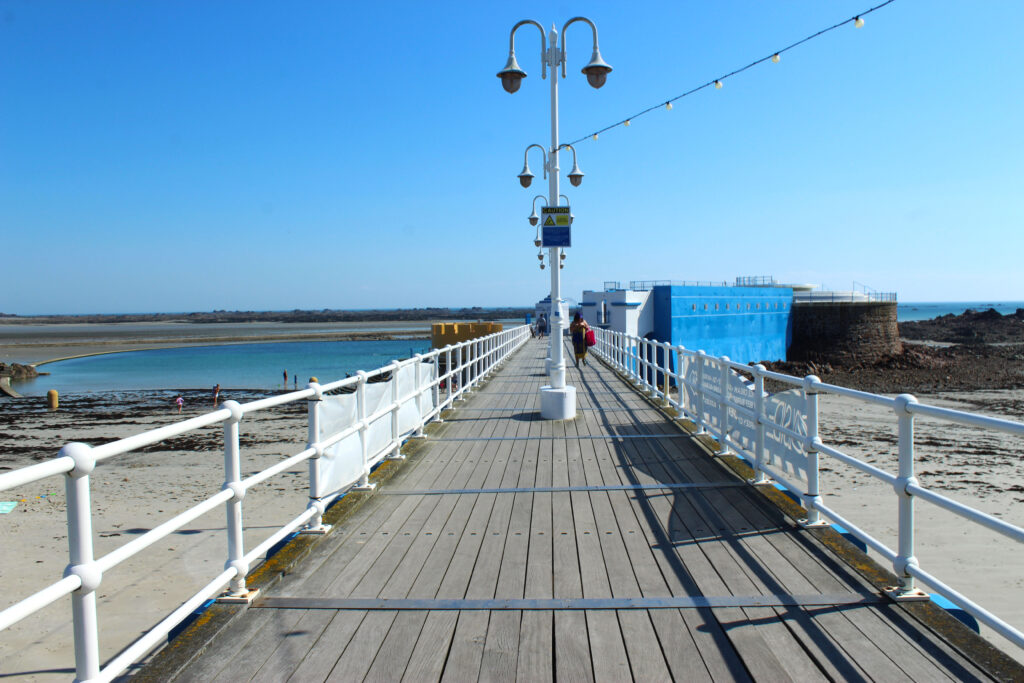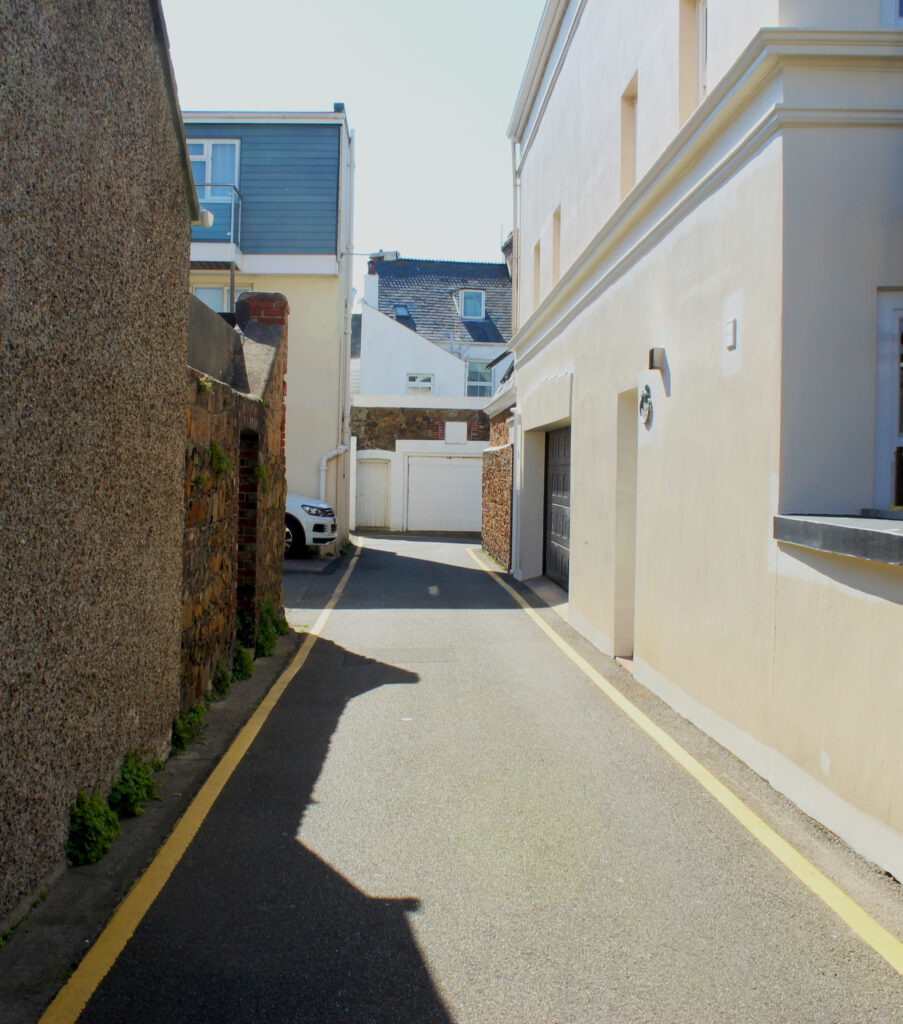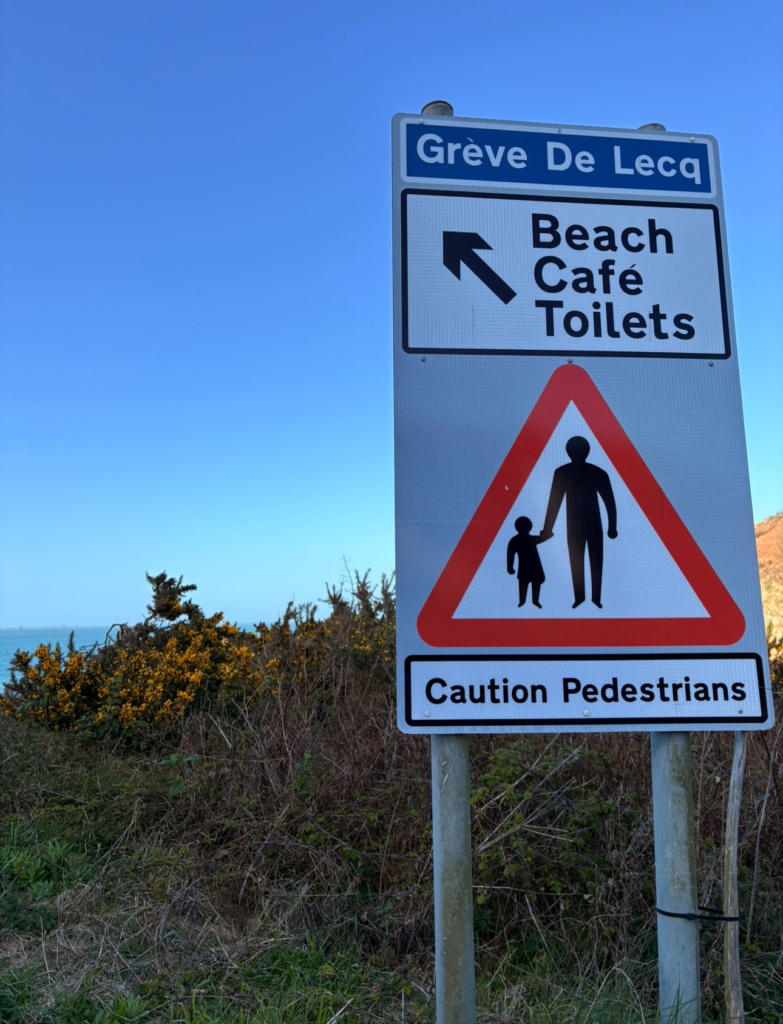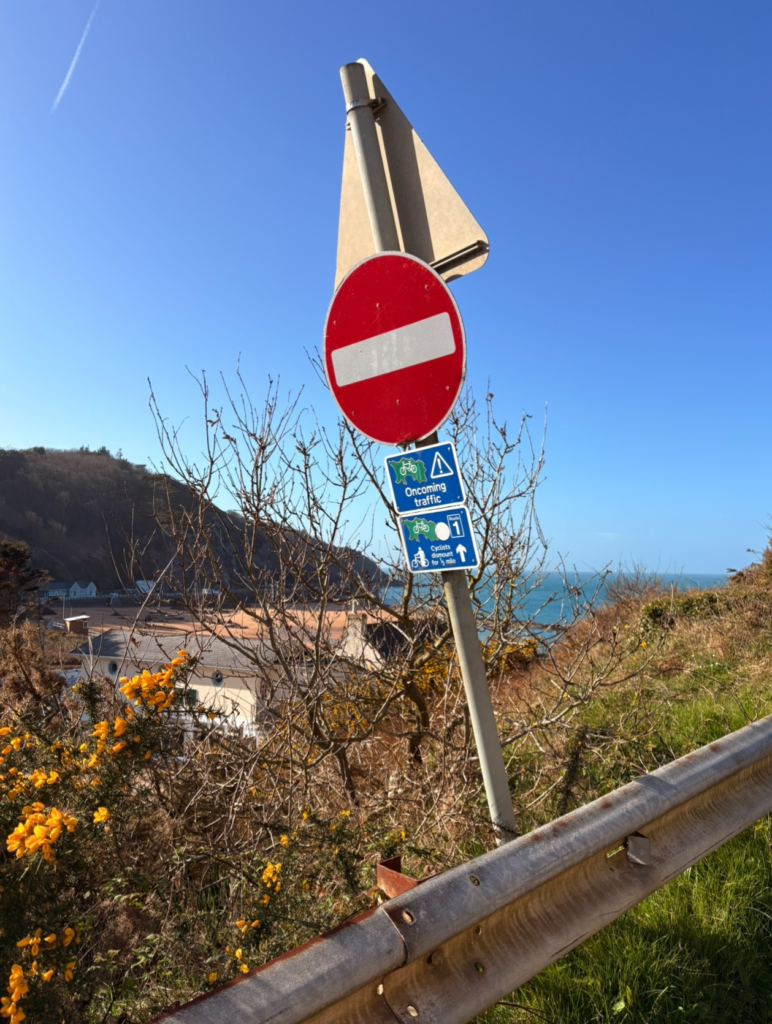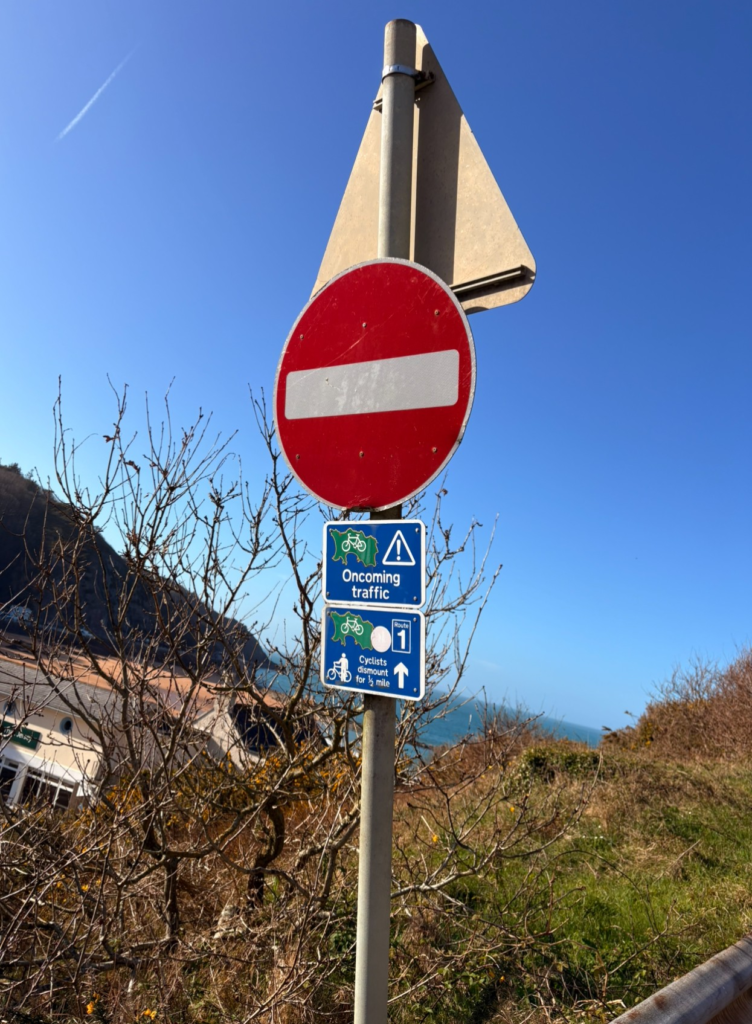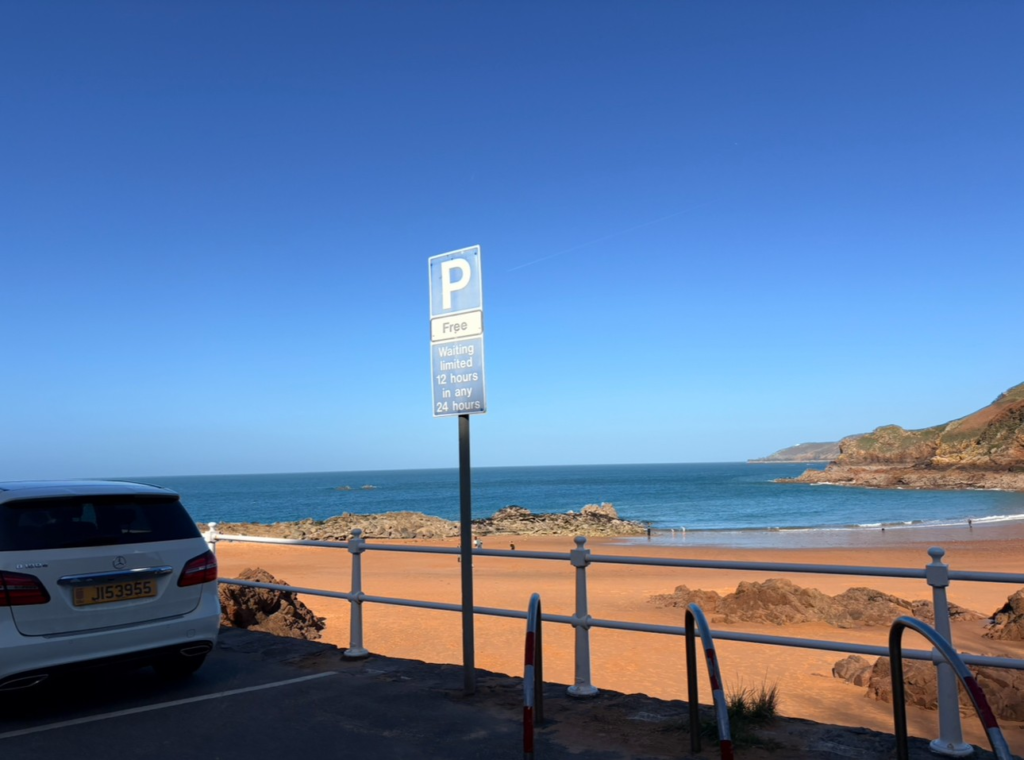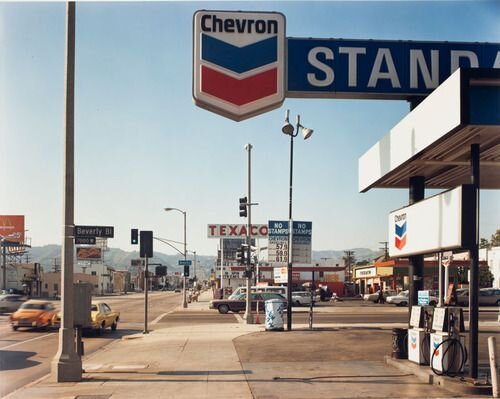What is Topographics?
New Topographics began in 1975 after the American war describing the photography style of a group of American photographers who took photos capturing human relationship between manmade and natural landscapes. The style of photography looks to present unromanticised and almost ugly depictions of the landscape to criticise the development of architecture and comment of the contextual going ons of the time such as after the war there was a spike in baby’s being born called the baby boom as fertility rates went up in many countries and numbers of people settling and having children also increased.
This style of photography often does not include humans within the photos and challenge the boundaries of beauty within landscapes. The group of eight photographers selected by William Jenkins, an art and photography critic. Each photographer produced 10 prints each and consisted of Robert Adams, Lewis Baltz, Joe Deal, Frank Gohlke, Nicholas Nixon, John Schott, Stephen Shore, and Henry Wessel, Jr. Along with a German couple, Bernd and Hilla Becher. The images were displayed in a small exhibition at The George Eastman House.
Robert Adams
Robert Adams was born on May 8th in 1937 in New Jersey. During his early life his family moved around often before settling in Wheat Ridge, Colorado in 1952. Growing up he had many health problems such as many allergies and asthma he also contracted polio at age 12 but was able to recover. Despite this Adams enjoyed sports hiking and walking in nature and spending time with his family. He was also a part of the boy scouts and worked in national parks and spent time reading and visiting art museums with his sister.
In 1955 Adams attended the University of Colorado but then went on to transfer to the University of Redlands and received a BA in English before attending the University of Southern California and graduated with a PhD in English language.
He first began his photography career in 1963 where he bought his first camera and began to study how to use a camera and learnt photographic technique from a photographer living in the area . in 1970 he began working full time as a photographer after the Museum of Modern Art bought 4 of his prints.
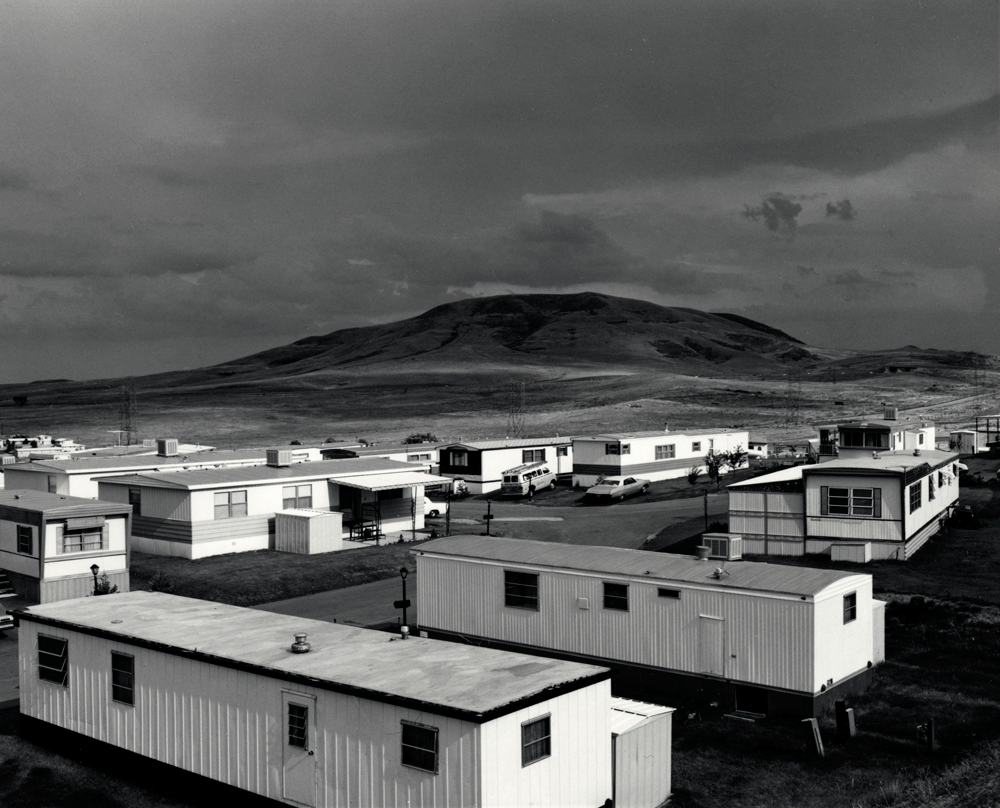
Technical
The lighting is natural daylight as the image is taken outside from what looks to be up on a hill. The photographer has framed the horizon line using the rule of thirds so that the buildings take up two thirds of the image. The mountain/hill is in the background however is more centered to still bring viewers attention to it despite it not being in the foreground.
Visual
The image is in black and white showing how Adams sees the place as boring and barren. However, there is many different variant tones of light and dark throughout. The shape of the blocky square shapes of the caravans contrast the smooth round shape of the hill/mountain and draws the viewer’s eye to the modernism of the time clashing with the environment. The mix of leading lines crossing over one another of how the road is pointing right and the caravans are pointing left shows how he sees the town as a mess and as a wrong place to be.
Contextual
Taken in the 19th century. During this time in America it was after WW2 and though America was not suffering with rebuilding the city there were many deaths of young men fighting
Conceptual
He was trying to bring truth to the idealistic misconception of the American dream and how the crisis of mental health and the poor quality of life of the civilians was being ignored by the government and was still encouraging people to move away to very rural areas. He attempted to make the people understand the nationalism propaganda they were being fed was not the truth. As well as discouraging the uglier architecture built in natural surrounding landscapes which in his opinion was ruining views and American landscapes.
Lewis Baltz
Born in Newport Beach, California on the 12th of September 1945 Lewis Baltz’ passion for photography began when he was just 11 years old with his first camera being a 35mm focusing camera. He described seeing photography as “Magic” when he first began, in an interview with David Campany. Influenced by famous artists such as Edward Weston and Wright Morris. He was most known for his works of black and white images of suburban landscapes as he tried to resist against industrialisation the false presentation of the “American Dream”. In 1975 his work was displayed in the original New Topographics exhibition mentioned previously in this post. At age 26 in 1971 he graduated from the San Francisco Art Institution after attending to avoid military service in Vietnam and had his first solo exhibition in the same year presented at Leo Castelli Gallery in New York. Two years later received his MFA from Claremont Graduate School. He taught photography at multiple schools including Yale and the Art Academy of Helsinki. He was motivated by American politics of the time as funding was cut from the arts by figures such as Ronald Reagan and George Bush. Baltz began creating works to criticise and bring focus to how the seeable and physical world was reflecting what was happening daily and the powers guiding them in their country as scenery began to become bland and shallow. He also explored how new technologies were being misused especially types such as security cameras and CCTV. He left America for France in 1989 and continued travelling extensively. Following this he changed his photography style from black and white to coloured stating it was a shift from looking at the past to the future as well as
My Lewis Baltz Inspired Images
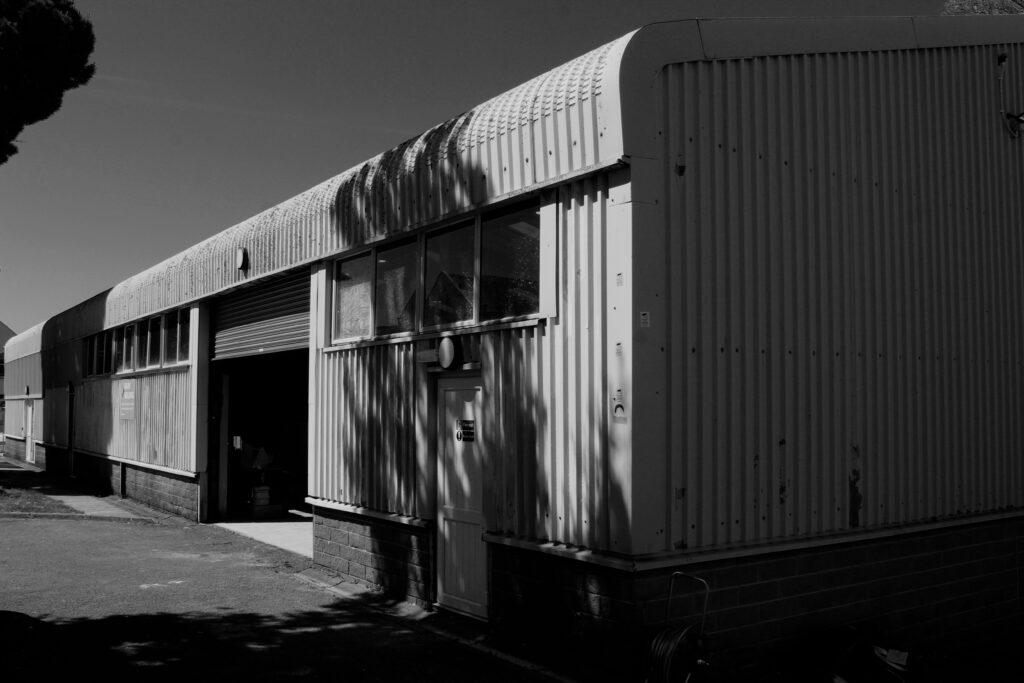
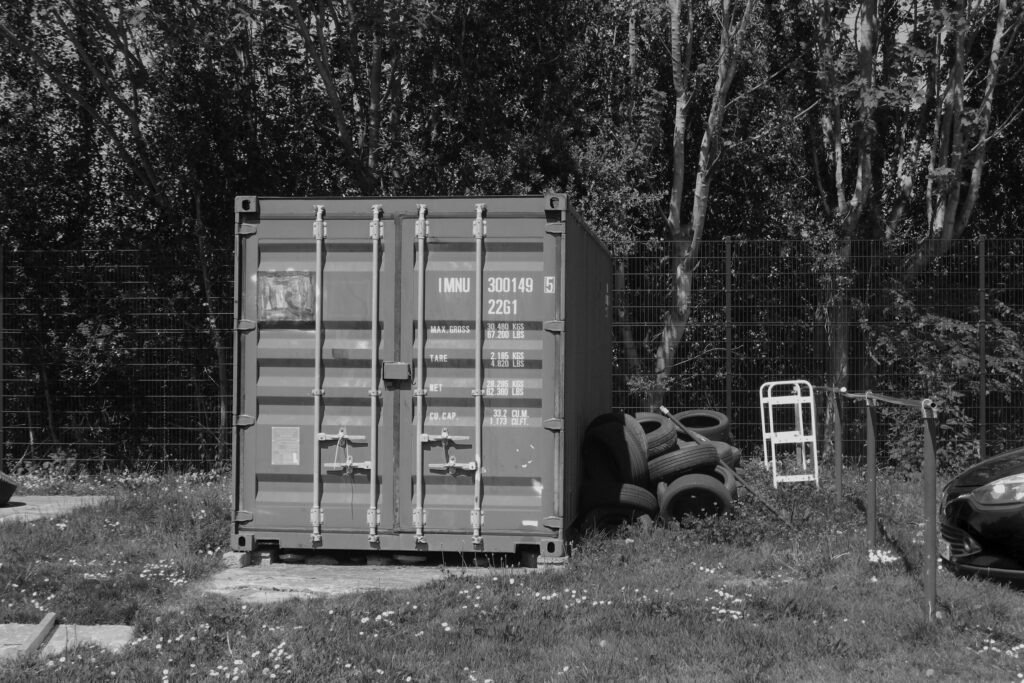

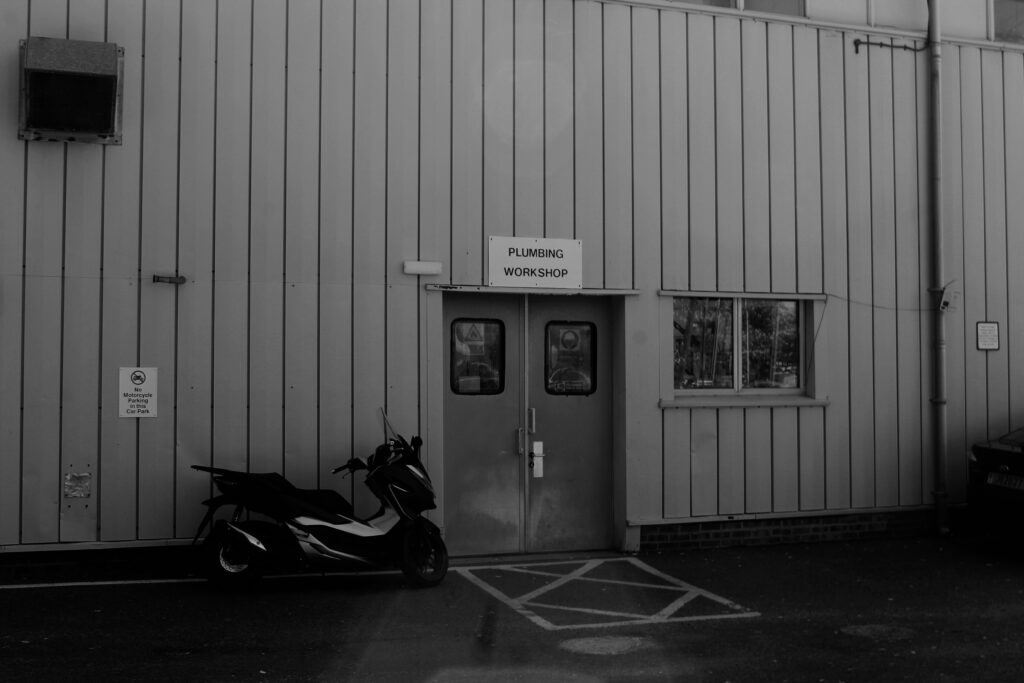
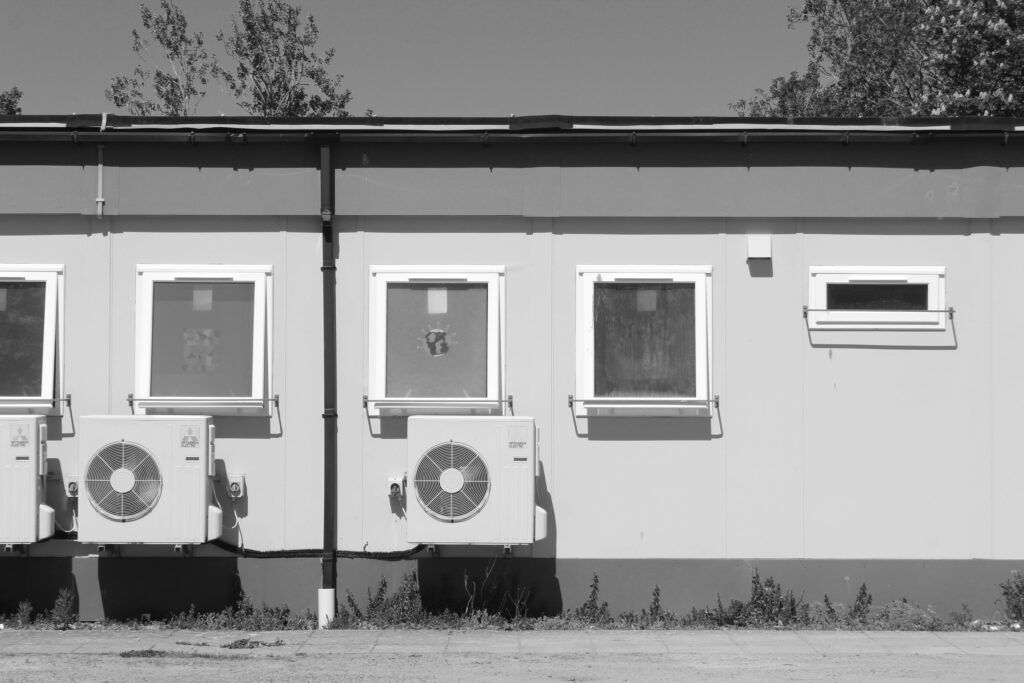
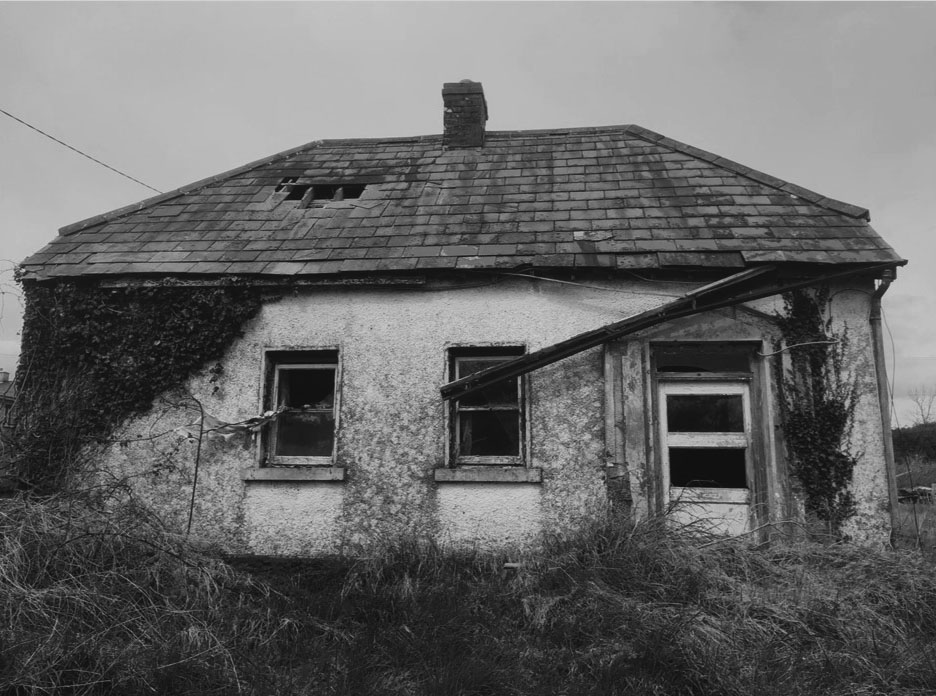
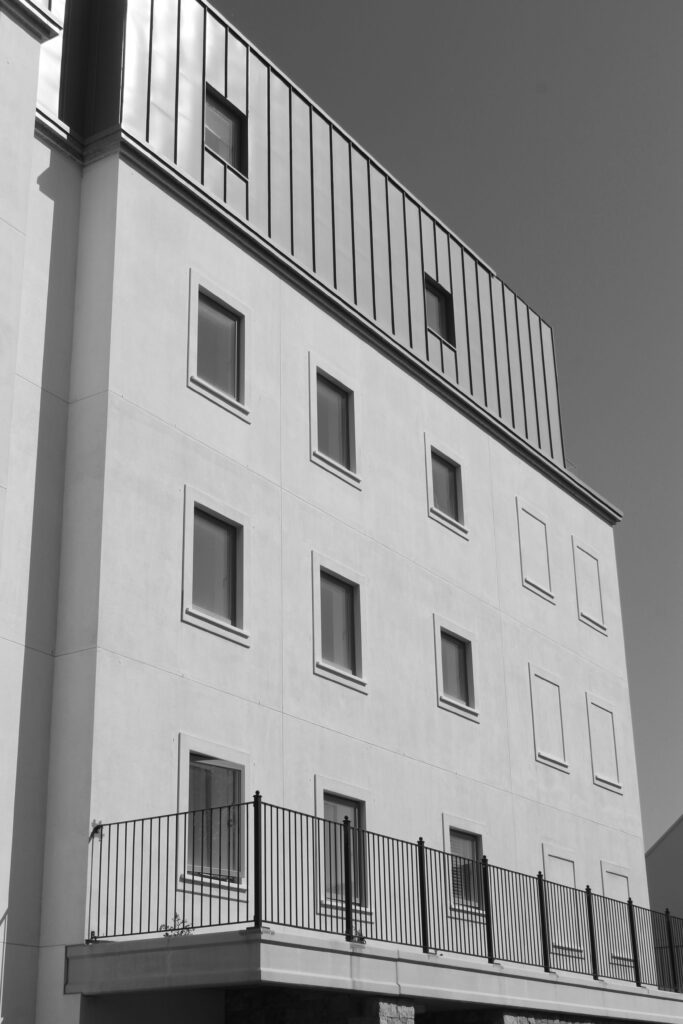
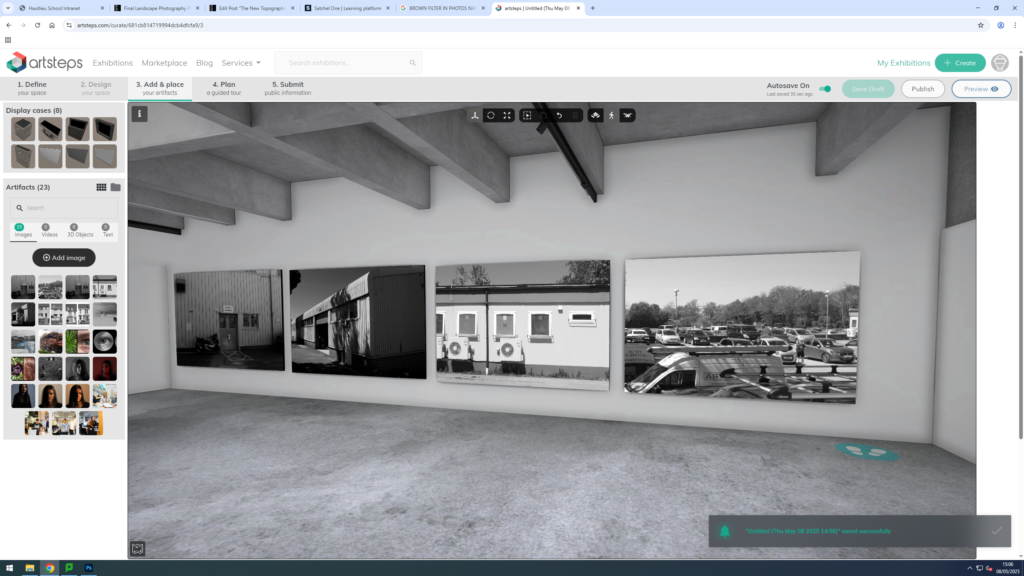

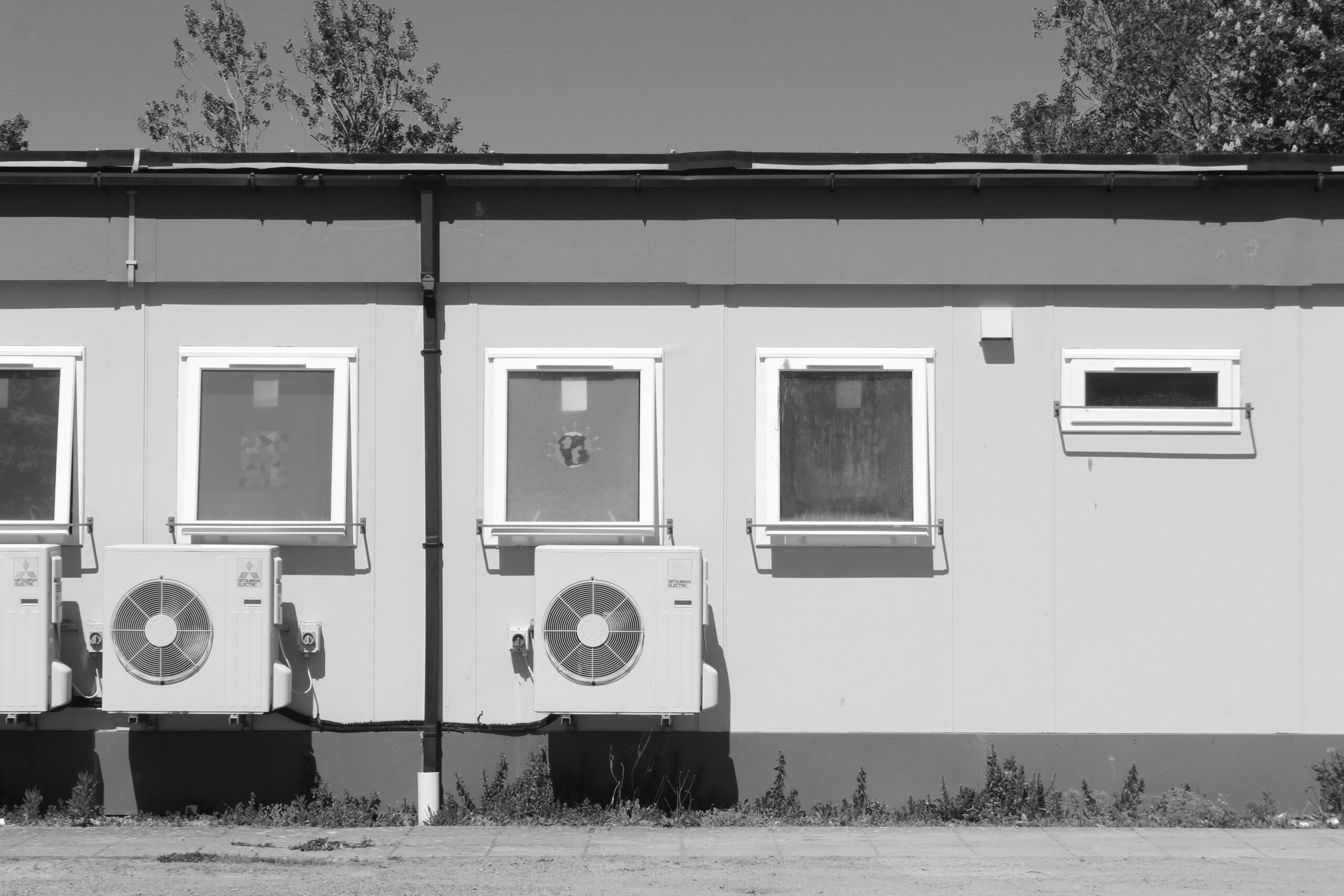
Compare and contrast
There is similarities in our work for example the use of repetitive square patterns throughout. Such as the geometric angles of in Lewis Baltz work of the metal carriers and the windows in my work and the square fan on the outside of the buildings. They’re also similar in the black and white tones of them however Lewis Baltz has a more vintage purple tinge to it which could be due to the inkjet he’s used to print compared to my computer generated B&W. A difference in the images is images are mostly comprised of the man made subjects however my work has nature in the background in small proportions such as the branches in the background and though Baltz has the sky in his I don’t know if it was intended or if he just wanted a plain grey background. Another aspect which is similar is there isn’t much texture in either image as the buildings are quite flat and plain. The layout is also more or less the same with both of us using the rule of thirds with the placement of the squares being on one side of the image, mine on the left side and Baltz on the right as well as the horizontal lines across the images. Also the depth of field is similar with similar distance in the foreground to the subject.
Stephen Shore
Born October 1947 Shore is from a Jewish family who ran a handbag company living in New York. At 6 years old he was gifted his first Kodak dark room set from a family member. From there Shore was self taught and studied photography through books until age 4 when his work was bought by the Museum of Modern Art NY. At age 18 Shore began working at Andy Warhol’s studio where he’d spend his time for the next two years. Shore also had a solo exhibition at The Metropolitan Museum of Art in 1971. It was in the 1970’s where Stephen Shore gained his title as a major colour photographer all of his images were shot using a large format camera and used kodacolor-X giving a high colour quality. Shore eventually published his book Uncommon Places in 1982.
Technical
The lighting is natural daylight. Shore used many different types of cameras such as 35mm hand held cameras and then switched to a 4X5″ view camera and then a 8×10 format camera.
Visual
The use of capturing the red white and blue colours are to represent the american flag colours. The photo is taken at eye level to show what the day to day surroundings of an American citizen would look like. The use of different leading lines such as the pavement pointing to the mountains in the distance.
Contextual
Shore was mostly self taught however was influenced by Andy Warhol through his time working with him. The state of America of the mid 1970’s and how many were struggling with mental health along with the economic state of the country being poor with inflation and government spendings on the Vietnam war along with the 1973 Oil crisis which could be why Stephen Shore chose a petrol station as his photographic subject.
Conceptual
Stephen Shore wants to comment on the landscape of the time but also the state of America of the mid 1970’s as previously explained. The leading lines drawing the viewer to the mountains in the back conceptually means that that is what the true landscape should look like instead of the endless stretching concrete. He does this to show humanities effect on the environment.
My Stephan Shore Inspired Photos
